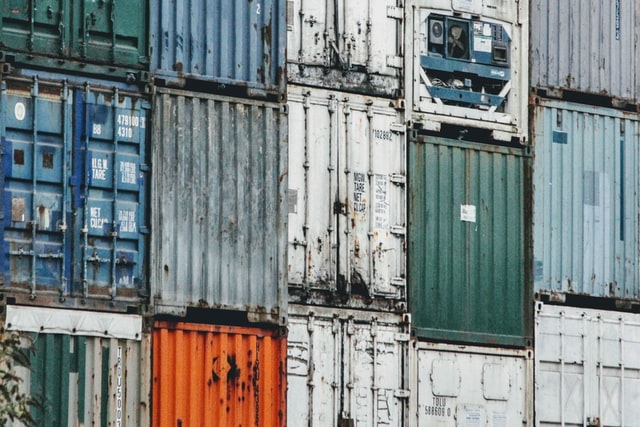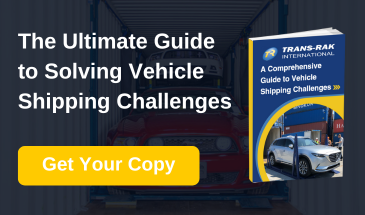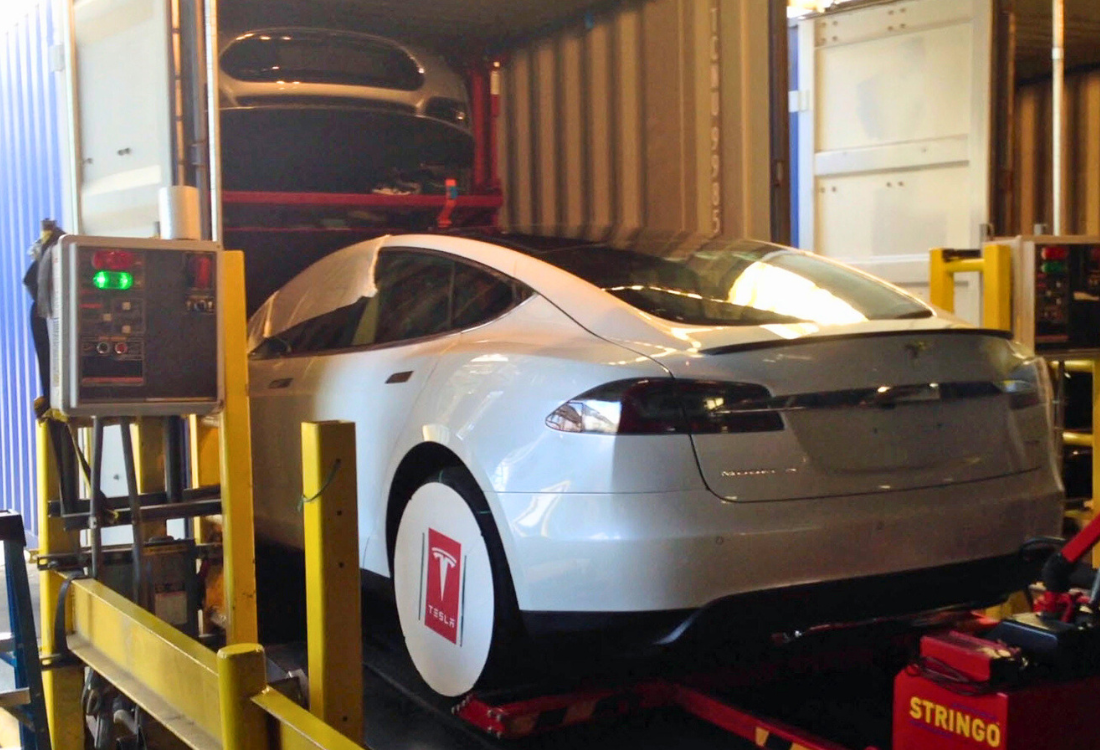
Containerised shipping is considered a safe and sustainable way of moving high-value items from the point of manufacture to the final consumer. But despite the advantages offered by this method, some industries (like the automotive market) have not yet widely adopted containerisation and instead rely on RoRo shipping, despite its shortcomings for global journeys.
 This is mostly due to common misconceptions about containerised car transport. In this article we look at these misconceptions and debunk the main myths around this issue, so that you can make informed decisions about which method suits your needs best – or help your clients make the best decisions.
This is mostly due to common misconceptions about containerised car transport. In this article we look at these misconceptions and debunk the main myths around this issue, so that you can make informed decisions about which method suits your needs best – or help your clients make the best decisions.
‘Fact’ 1: Containerised transport carries a higher risk of damage to cars
Some operations believe that containerised cars are more exposed to damage in containers than in a RoRo ship. But in fact, the opposite is true. Think about this:
RoRo involves multiple transfers and manual handling during each stage of the process. The more transfers are involved, the higher the risk of human error is. Don’t forget that the majority of in-transit car damage happens due to human error!
On the other hand, a shipment of cars can be loaded into a container and then transferred directly from ship to train or lorry without requiring any direct human handling, as containers are loaded with cranes. When cars are damaged inside shipping containers, the cause is usually inadequate racking. Using a purpose-designed reusable steel racking system, such as our R-Rak and EL-Rak, eliminate this risk and improve the safety of containerised transport.
‘Fact’ 2: Containerised Car Shipping Is More Expensive Than RoRo
This is only partly true. Affordability is one of the reasons why RoRo is the preferred method of many car transportation companies. RoRo transport can be cheaper than containerised shipping on short haul journeys or small consignments, but this method has other drawbacks that can potentially elevate the costs.
For example, RoRo ships have very specific mooring, shipping lanes, and loading requirements, so they’re only accepted in certain ports. This could add extra transportation costs since the chosen RoRo port may be hundreds of miles away from the final destination. On the other hand, using a container ship to get your consignment across could mean the arrival port is a lot closer to the destination.
Moreover, cars shipped in containers are less likely to get damaged by vibrations and collisions with other vehicles, which means the chances of writing off damaged stock are lower, and insurance premiums may be lower too.
‘Fact’ 3: Containers Can Only Accommodate Two Vehicles, Making Them Very Uneconomical
Shipping containers are currently very costly, so every cubic metre of space counts. Shipping a big consignment of cars at two per container would soon get prohibitively expensive. However, this is no longer the case thanks to improvements in vehicle racking systems. Using advanced racking solutions like our R-Rak boosts the carrying capacity of containers, which makes containerised car shipping more affordable on a per-unit basis. Our innovative racking solutions allow a 40ft container to safely accommodate 4-6 vehicles, more than doubling container capacity.
‘Fact’ 4: Car Manufacturers Are Sceptical About Container Shipping
In the past, some OEMs were reluctant to have their vehicles shipped in containers due to safety and cost effectiveness concerns. But containerised shipping has come a long way since, and the method’s track record can no longer be ignored by manufacturers.
Not only that, but modular container racking systems have earned official certification from reputable agencies all over the world, from Bureau Veritas to Lloyds Register, something that hasn’t gone unnoticed by car manufacturers when looking for a cheap, reliable, and low risk medium of global transport.
Find Out More
Want to find out more how our racking systems can improve the safety and effectiveness of container transport for cars? Get in touch with our technical sales team for more information, or download a copy of our free Containerised Car Transport Guide by clicking here
Image source: Unsplash















